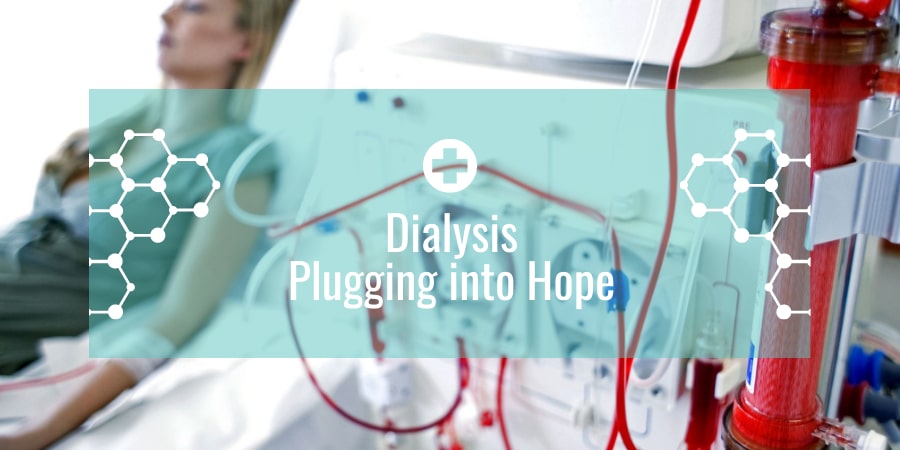For people afflicted with kidney disease dialysis mimics what human kidneys do—purifies blood. However, in no way dialysis will correct the endocrinal function done by kidneys. Rather it is a stopgap arrangement till the patient finds a donor who can lend a healthy kidney.
What dialysis patients need to know?
- Except needle prick dialysis is not a painful procedure. Though some people might have a drop in their blood pressure, which can result in nausea, headache or cramps.
- Dialysis does not prohibit you from working, but you need to refrain from heavy work, like digging or lifting.
- Dialysis patients can travel provided they schedule their dialysis in their place of visit.
- Dialysis patients need to have more of proteins and less of potassium and phosphate. They also need to monitor their water intake.
- Dialysis patients are anaemic because diseased kidneys do not synthesize erthyoprotein, a hormone needed by bone marrow to produce red blood cells.
- Dialysis patients, typically on hemodialysis are vulnerable to Hepatitis C infection.
- Dialysis is an expensive procedure.
- People on dialysis can live as long as people not without kidney complications.
Types
Haemodialysis—About 90 percent of dialysis patients receive haemodialysis, in which the blood is circulated outside the body and cleaned inside a machine before returning to the patient. Each session lasts for four to five hours, thrice a week.
Before hemodialysis can be done, a doctor must make an entrance, called an access, into the patient’s blood vessels. This is done by minor surgery in the leg, arm or sometimes neck. The best access for most patients is called a fistula. Minor surgery is performed to join an artery to a vein under the skin to make a larger vessel.
If no vessels are suitable for a fistula, the doctor might use a soft plastic tube called a vascular graft to join an artery and vein under the skin.
Watch out
- Avoid physical activity that might dislodge the access, which could result in excessive bleeding and air entering the circulatory system, which is a medical emergency.
- Call your doctor immediately if you have a fever or other sign of infection.
- If the colour in the tubes changes and becomes a dark red, call your doctor immediately. (The blood may be clotting.)
Peritoneal dialysis – The other type of treatment uses the patient’s own peritoneal membrane as a filter. The peritoneal membrane is a sac around the abdominal organs. This membrane (like the dialysis machine membrane) is semipermeable. Waste particles can get through it, but larger blood cells cannot. In this process a plastic tube is surgically implanted in the patient’s belly, and dialysis process is repeated five times in a day.
Patient needs to consult doctor on experiencing pain in abdomen or fever after the dialysis. Whether you need hemodialysis or peritoneal will be your nephrologist’s call.
